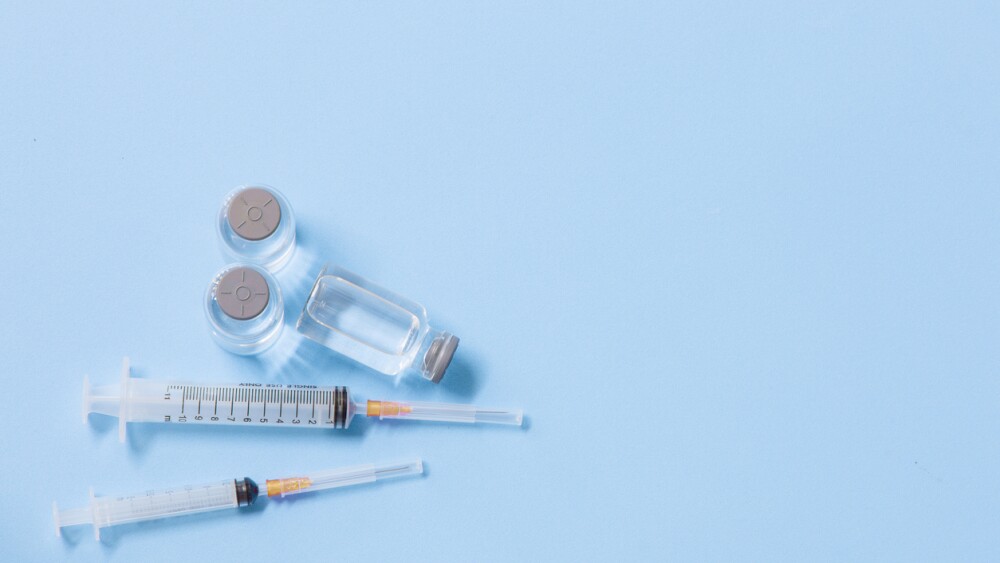President Donald Trump is considering tariff exemptions for certain “non-patented” pharmaceuticals, though the White House has yet to release specific guidelines.
The White House may exempt certain pharmaceutical imports from its reciprocal tariff scheme, with an eye toward helping “satisfy domestic demand.”
In an executive order last Friday, President Donald Trump insisted that he is “generally unwilling” to limit the scope of reciprocal tariffs “before the conclusion of a final agreement.” Still, certain concessions may indeed make it into the final policy, depending on various factors, such as the “national interests” of the U.S. and the “scope and economic value of a trading partner’s commitments” to the U.S.
Those exemptions from tariffs are included in a new list of products, called Annex III, that came attached to the order. That list includes a variety of pharmaceutical-related products, such as individual molecules used for drug synthesis, finished products like “vaccines for human medicine,” “cell therapy products,” and a variety of “immunological products.” Annex III also contains non-pharma related products like metals, oilcake, foodstuffs like pineapple juice, and a variety of live animals like primates, whales, camels and ostriches.
For the biopharma industry, such exemptions would apply to “non-patented articles.” The other types of imports covered by the executive order are spread across other industries, including products that “cannot be grown, mined, or naturally produced in the United States” or otherwise produced in enough quantities to meet domestic needs.
Trump additionally qualified these exemptions, noting that “the imports that might receive a reciprocal tariff rate of zero percent may be different for each final agreement between a foreign trading partner” and the U.S.
Since assuming office in January, tariffs have been a centerpiece of Trump’s trade policy, though for certain sectors, including pharma, they have remained threats for months. Last month, for instance, reporting from Reuters pointed to delayed implementation of pharma tariffs. A Section 232 national security probe initiated in April, which would have provided information on the national security need for tariffs, was initially expected to have been completed by mid-August, according to Commerce Secretary Howard Lutnick.
It is unclear from last Friday’s executive order if this investigation has already concluded.
Amid these delays, however, Trump has successfully kept tariffs top-of-mind for the industry with threats of hefty levies. Last month, he told CNBC that additional duties on pharma imports could hit as high as 250%. But in a pair of trade deals, the final pharma tariffs on certain regions have turned out to be much lower.
In July, Trump reached an agreement with the European Union to slap a 15% levy on imported pharmaceutical products. And while Jefferies analysts at the time said that this outcome is “less bad” than what had been expected, other analysts at ING and Bernstein cautioned that these tariffs could amount to up to $19 billion in additional pharma costs. Generics from the EU will also carry a 15% duty.
The 15% figure now also applies to imports from Japan, as per another executive order last week. Of note, this new trade deal involves exemptions for “generic pharmaceuticals, generic pharmaceutical ingredients, and generic pharmaceutical chemical precursors,” which will not be subjected to added levies.






